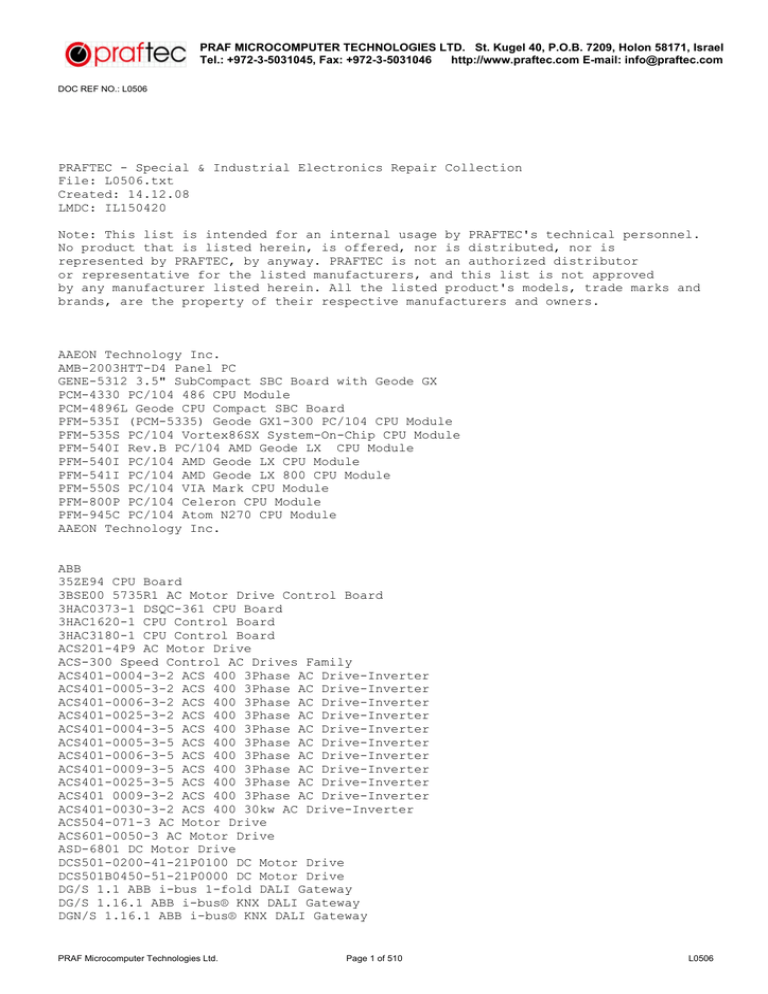

Otherwise, the port will usually be /dev/ttyS0, the first serial port, or /dev/ttyS1, the second. If you have a USB-based UPS, you can leave the port as auto it’s ignored. If your UPS isn’t listed, find similar ones. Find your UPS model on the NUT hardware compatibility list and substitute the corresponding driver for usbhid-ups above. It identifies the UPS to upsd and upsmon. The label in the square brackets can be anything. Next, create or edit /etc/nut/ups.conf: # /etc/nut/ups.conf If it doesn’t, you have to add those manually. Installing the nut package, should add the nut user and group. This should conflict with nut-hal-drivers if it’s already installed. HAL is going to be replaced with DeviceKit and nut-hal-drivers will be replaced with DeviceKit-power.Ĭonclusion: Don’t use nut-hal-drivers unless you really, really want a fancy notification icon. No further work will be done on nut-hal-drivers.This means that either the UPS will be fully drained, or worse, power will be restored before the battery is fully drained and the computer will not automatically start up again. gnome-power-manager will not power off the UPS at the end of a shutdown from power failure.See Debian bug #482431 and GNOME bug #539843.Īrnaud Quette, the nut project leader, informed me of two other significant disadvantages with using nut-hal-drivers: While it displays notifications of low battery and critically low battery, it doesn’t take any actions. GNOME Power Manager’s UPS support is buggy.Many older and higher-end UPS’s are serial-based. Currently, the nut-hal-drivers package only supports USB-based UPS’s.If your machine loses power at the login screen, it will not shutdown automatically. GNOME Power Manager is not running when you aren’t logged in.This method of monitoring a UPS is useful for a workstation, but there are three significant disadvantages: There are also gconf keys to change which thresholds are used, percentage or time left, and what those thresholds are. GNOME Power Manager can be configured to shutdown or hibernate the computer when the UPS battery level drops below certain thresholds. GNOME Power Manager system tray icon and tooltip.Ĭlicking the system tray icon and selecting UPS from the menu will give detailed information. An icon will appear in the system tray if everything is working. If it’s not running, you can start it from the command line or set it to start automatically in each session with the Sessions system preference. GNOME Power Manager should already be running and should automatically detect the UPS. On Debian or Ubuntu systems, install the nut-hal-drivers package. There are two different ways to monitor a UPS with nut: either expose the UPS hardware to GNOME Power Manager through hal or monitor the UPS directly with upsmon and upsd.


 0 kommentar(er)
0 kommentar(er)
